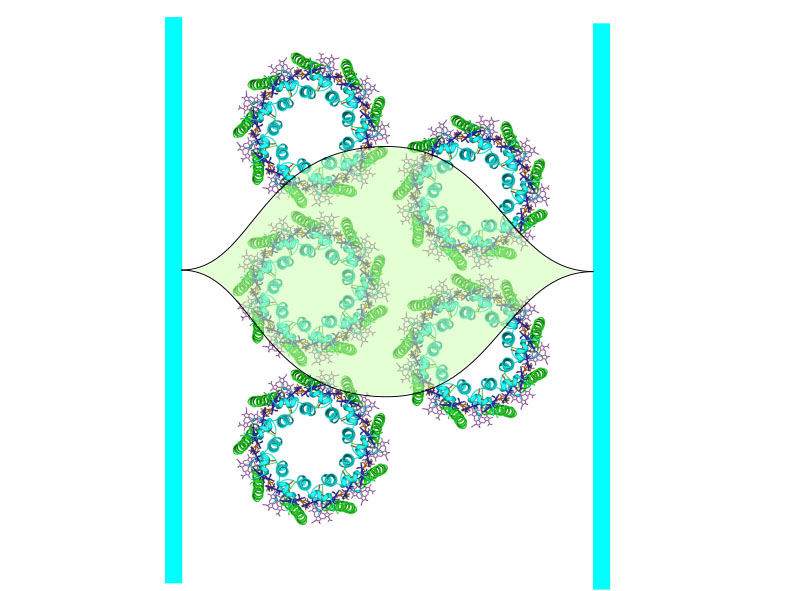| Nov 28, 2022 |
Researchers take first step towards controlling photosynthesis using mirrors spaced nanometers apart
(Nanowerk News) With the help of mirrors, placed only a few hundred nanometers apart, a research team has managed to use light more efficiently. The finding could eventually be useful for controlling solar energy conversion during photosynthesis, or other reactions driven by light. For example, one application could be converting carbon dioxide into fuel.
|
|
The sunlight that hits Earth for one hour is almost equivalent to the total energy consumption of mankind for an entire year. At the same time, our global emissions of carbon dioxide are increasing. Harnessing the sun's energy to capture greenhouse gas and then convert it into fuel is a hot research field.
|
|
A research team at Lund University in Sweden was previously able to show that with ultrafast laser spectroscopy, and the help of advanced materials, it would be possible to reduce the levels of greenhouse gases in the atmosphere in the long term. In their latest study in Nature Communications ("Optical cavity-mediated exciton dynamics in photosynthetic light harvesting 2 complexes"), the team has made new progress when it comes to taking advantage of light.
|
 |
| Illustration of five antenna complexes between two mirrors. (Illustration: Tönu Pullerits)
|
|
“We have inserted so-called photosynthetic antenna complexes between two mirrors that are placed just a few hundred nanometers apart as an optical microcavity. You can say that we catch the light that is reflected back and forth between the mirrors in a kind of captivity”, says Tönu Pullerits, professor of chemical physics at Lund University.
|
|
The study shows that in this way, a strong interaction is achieved between the light and the antenna complexes. This can create a ripple effect, that can speed up the energy transfer process. In order for the photosynthetic light harvesting to function optimally, and to be used to, for example, produce fuel, all steps in the intricate process must be very efficient.
|
|
“If we can make the first steps of photosynthesis faster and more efficient, we can hopefully also make the light energy conversion of other systems more efficient”, says Tönu Pullerits.
|
|
How can these results be useful? Tönu Pullerits hopes that the findings can be used in the future to develop larger units used on a global level, to utilise the energy of sunlight for absorbing carbon dioxide from the atmosphere and converting it into useful chemicals. It could be one of many solutions to overcome the climate crisis we are facing.
|
|
“We have now taken a couple of initial steps on a long journey. You can say that we have set out a very promising direction”, concludes Tönu Pullerits.
|

